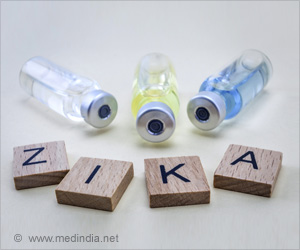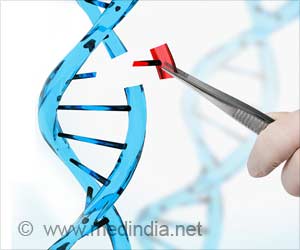University of Basel, has investigated the red nucleus, a region of the midbrain that controls fine motor movement, and identified a new population of nerve cells which changes when fine motor coordination is trained.

‘A new population of nerve cells which changes when fine motor coordination is trained has been identified.
’





The red nucleus, a little investigated region of the brain Grasping is a skill that can be trained and improved, even in adults. For muscles to perform a movement correctly, brain commands must be transmitted through the spinal cord. The red nucleus, which, over the years, has received little attention in brain research, plays an important role in fine motor coordination. Here the brain learns new fine motor skills for grasping and stores what it has learned.
Kelly Tan's team has now investigated the red nucleus in more detail in the mouse model and analyzed its structure and neuronal composition. "We have found that this brain region is very heterogeneous and consists of different neuron populations," says Giorgio Rizzi, first author of the study.
Improved fine motor skills through plastic changes in the brain
The research team has characterized one of these neuron populations and demonstrated that learning new grasping movements strengthens the connections between the individual neurons. "When learning new fine motor skills, the coordination of this specific movement is optimized and stored in the brain as a code," explains Tan. "Thus, we have been able to also demonstrate neuroplasticity in the red nucleus."
Advertisement
Source-Eurekalert









